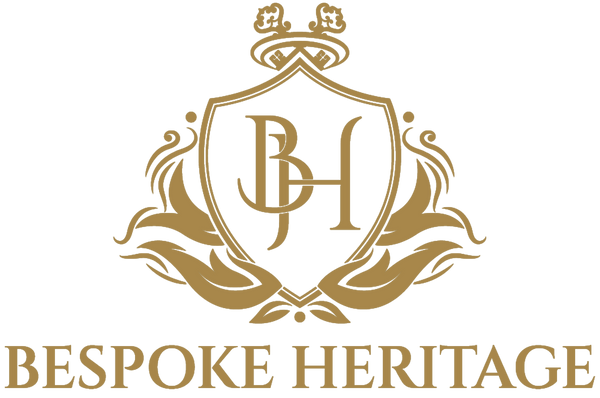
Athens sold the world on freedom, but the city’s strength rested on people who were not free. In this episode, we look at slavery in Classical Athens during the fifth and fourth centuries BCE, and how enslaved labor shaped the economy, politics, culture, and daily life. We follow money from the Laurion silver mines in southern Attica to the shipyards and temples, to juries and the Assembly. We ask a blunt question. Could Athenian democracy work without slavery and metic labor?
We keep the answer honest, using sources that show both the scale of coercion and the debate over how central it was.
We start with what slavery looked like. Enslaved people came from war, piracy, and trade. Many worked inside the oikos, the household. Others worked in workshops and on farms. Some guarded streets as publicly owned slaves. The mines were the harshest. Laurion’s galleries paid for triremes, stipends, and stone. Archaeology and texts together point to thousands of enslaved workers underground, washing ore at surface stations, and feeding the city’s cash flow. In the Peloponnesian War, thousands fled to Spartan lines from Attica, a sign of both numbers and conditions. We explain key terms like doulos, andrapodon, and metic. We lay out what rights citizens had that slaves and metics did not, and how that gap made “free time” for politics possible.
Next, we map wealth to institutions. Silver funded fleets and festivals, juror pay, and building projects that still define Athens in memory. Scholars argue over the exact dependency. Some say slavery underpinned the whole system because citizens would not accept that level of extraction from other citizens. Others say democracy could exist without slavery, but it would look smaller, poorer, and more fragile. We test both views. We follow Pericles, Cleisthenes, and Solon’s reforms, where debt bondage ended for citizens, while chattel slavery for others grew. We look at crime, policing, and the courts. We also face the social story. Families, violence, resistance, and manumission. We note cases where skilled enslaved people managed workshops, earned peculium, or rented out their labor, while keeping the bigger truth clear. It was still slavery.
Finally, we place Athens next to its neighbors. Sparta ruled helots, a different model of bondage. Rome later scaled slavery in new ways. Athens sits between these worlds. Claims about numbers vary across sources, but the pattern is not in doubt. The city that praised liberty relied on unfree labor for cash, craft, and time. That tension is the heart of this episode. By the end, you will know what slavery did for Athens, what it did to people in chains, and how both sides of that story built the so-called school of Hellas.
----------------------------
